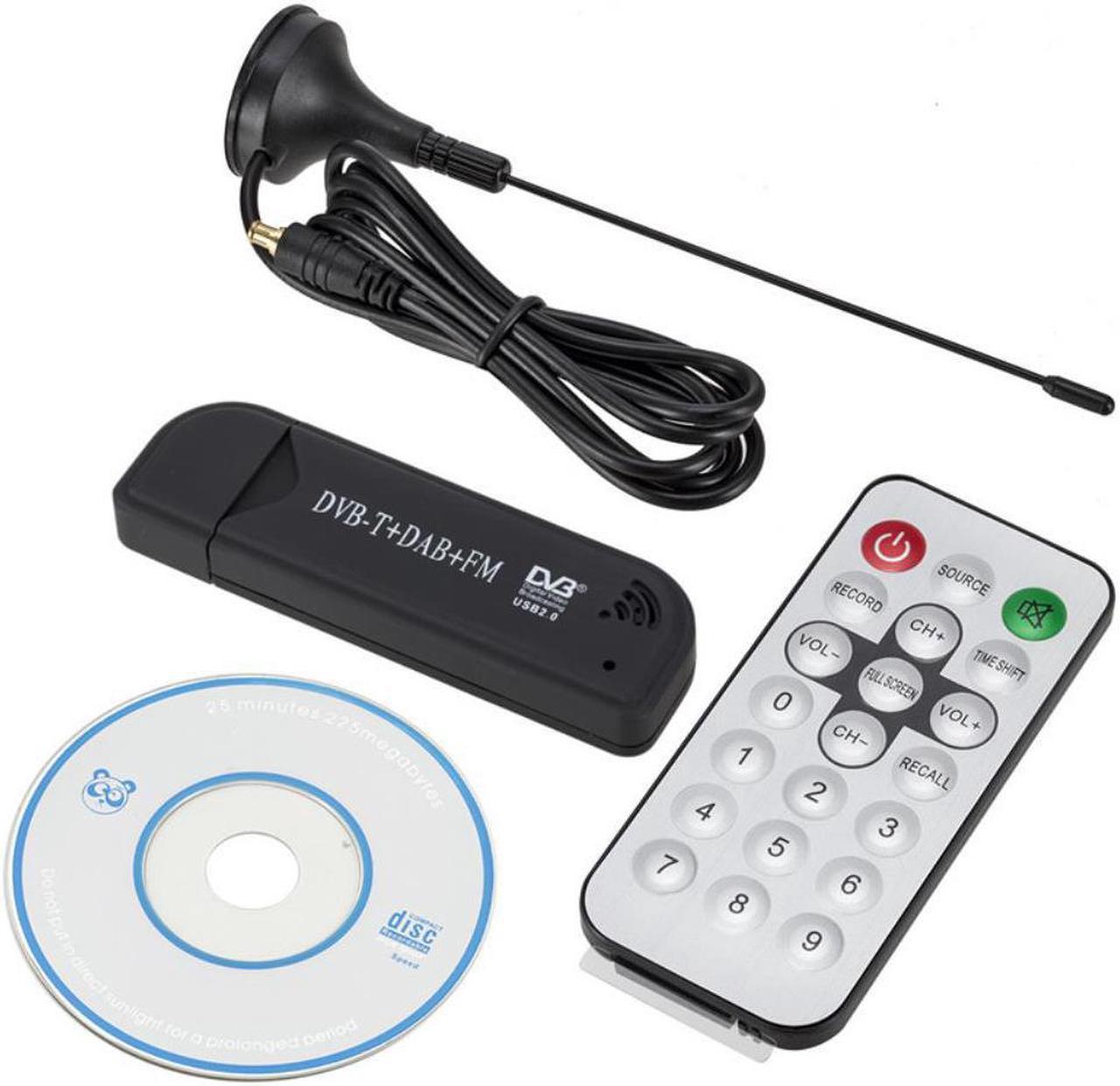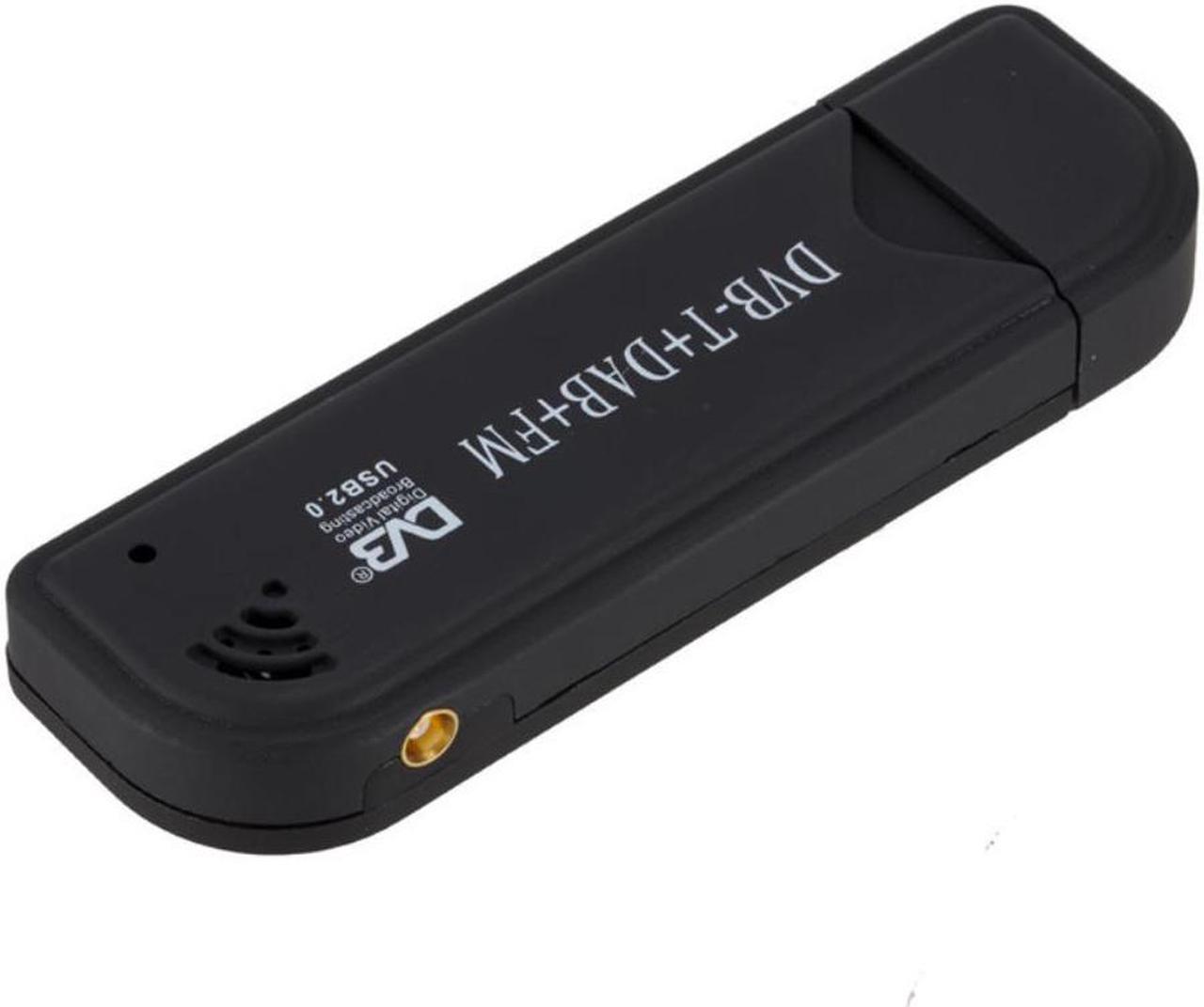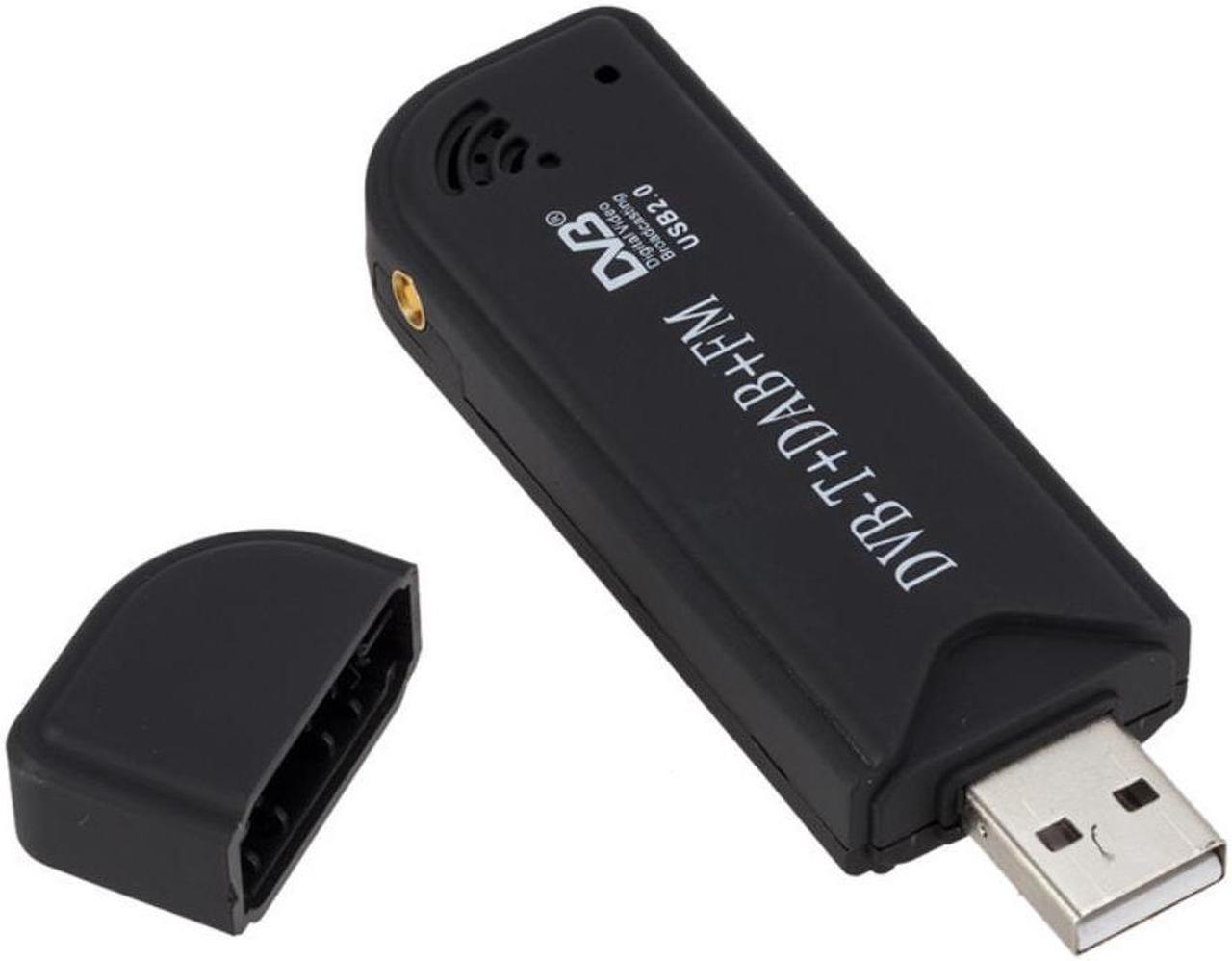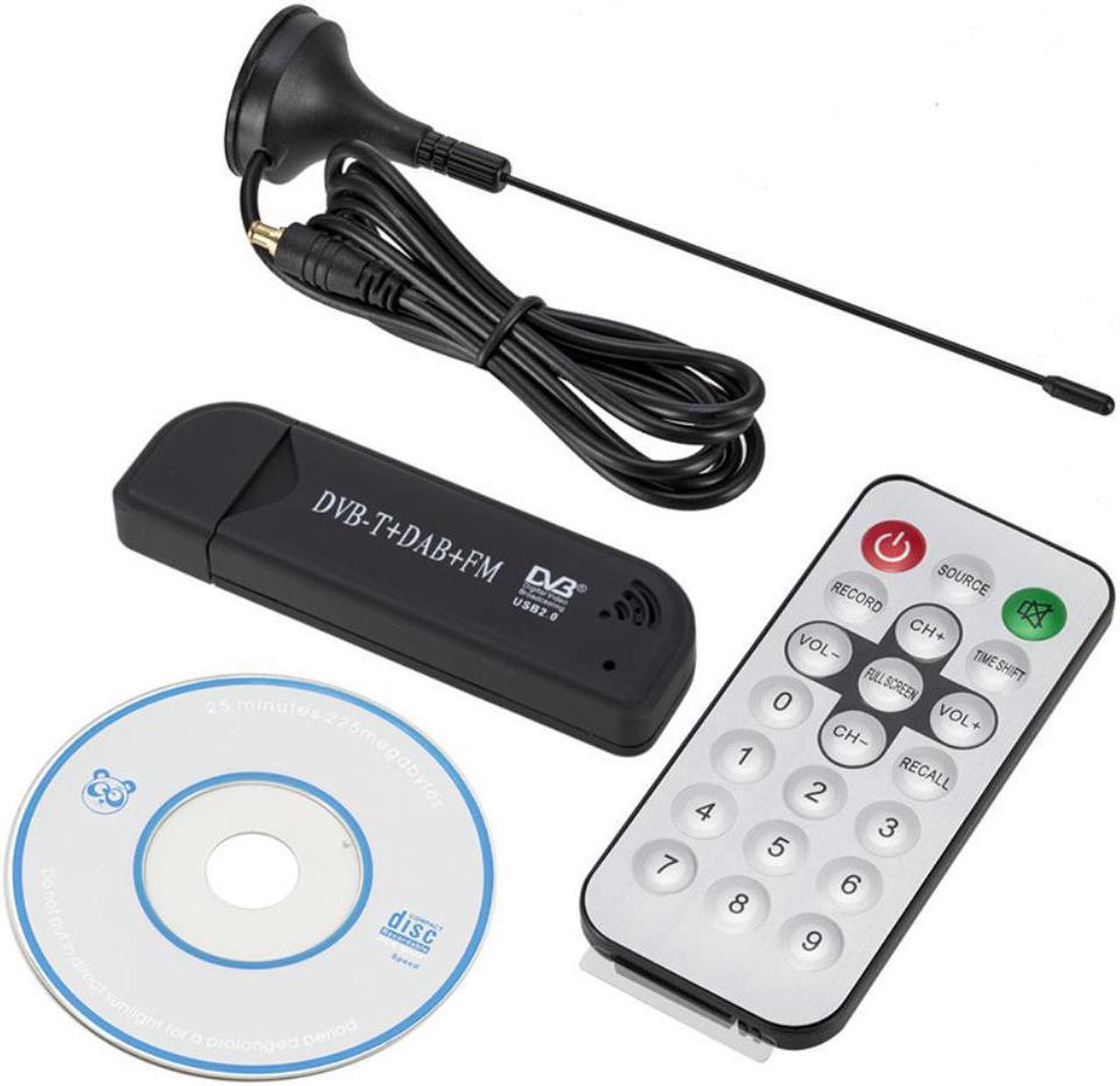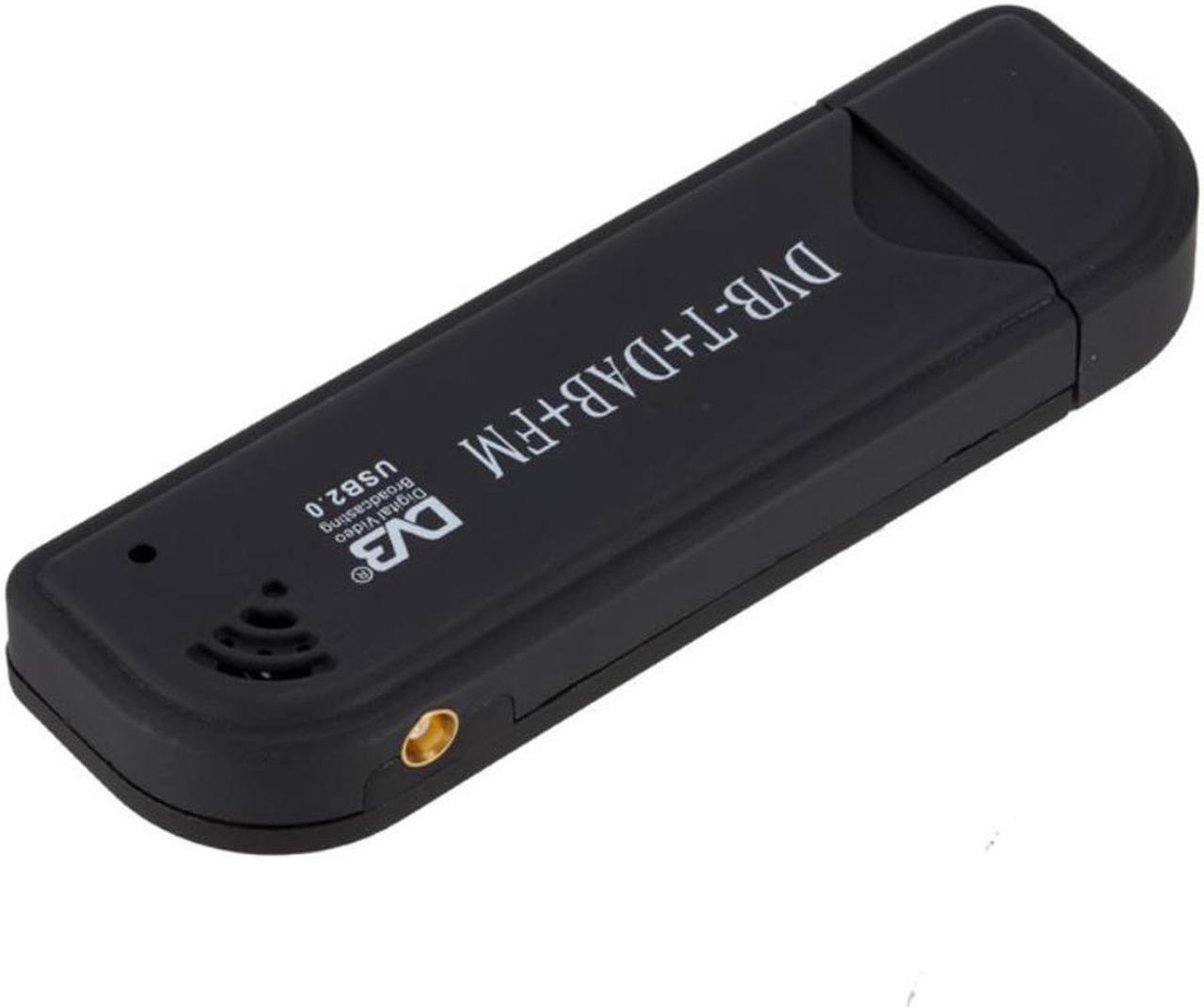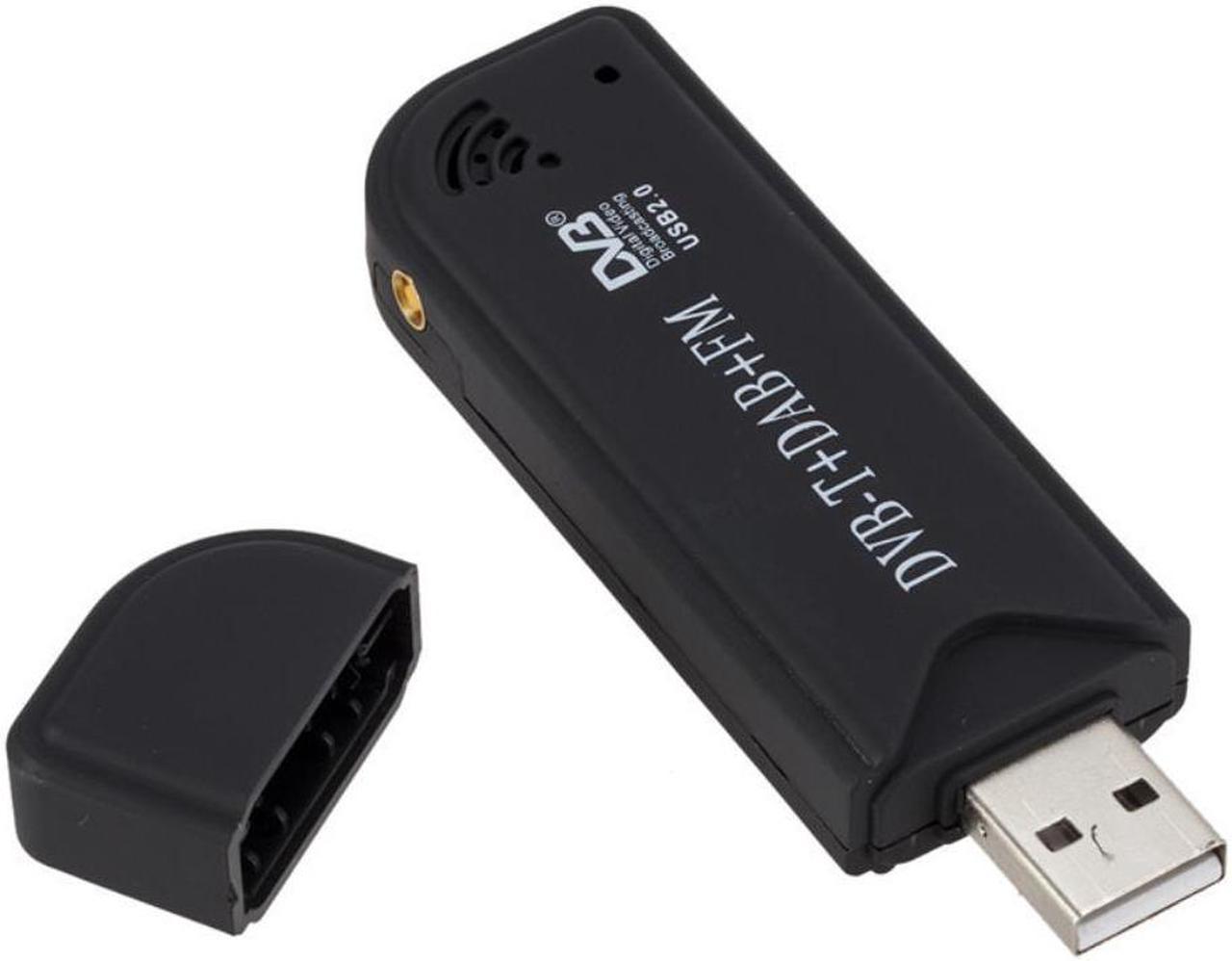Certification:NONE
Origin:CN(Origin)
Color:black
Support resolution:1080P
Video input:Wireless transmission
Video output:USB
Support operating system:Windows 7
type:TV box
Digital TV Stick USB 2.0 DVB-T DAB FM Antenna Receiver Mini SDR Video Dongle for Household Television Playing Decoration
Sticks with this combination (RTL2832 + R820T) are relatively on
the market. The main difference to all the other supported tuners so
far is that it uses a Low-IF (3.57 MHz) architecture instead of
Zero-IF. That means the tuner is only connected to the In-Phase ADC
input, and the internal down converter of the RTL2832 is generating the
complex samples. This has the benefit of having no DC offset spike in
the middle of the spectrum.
So far the tuner driver comes straight from the kernel driver that
Realtek supplies, and setting gain manually is not supported yet,
although functions for that seem to exist.
There is still is a lot that needs to be done, the best thing most
likely would be to completely rewrite the driver, or at least clean it
up dramatically. Initializing the tuner takes way too long at the
moment, since the driver produces a lot of I2C traffic, most of it
being redundant as it seems.
The driver ly had a frequency limitation of 40 MHz to 900 MHz,
but tests showed that the PLL of my stick can achieve lock up to 1766
MHz, and indeed both ADS-B at 1090 MHz and L-Band DAB at 1463 MHz, as
well as GMR at 1556 MHz can be received just fine with the R820T.
Also, the PLL could lock again at 1850 MHz to 1860 MHz, and the
reception of a GSM 1800 BTS at 1854 MHz worked as well.
Some initial comparisons [1] between the E4000 and R820T seem to hint
at the R820T being a bit more sensitive, especially visible in the
Tetra screenshots.
Given that the supply of E4000-based sticks is dwindling, I'm pleased
to see a tuner that has the potential of becoming a good
replacement, and staying for a while on the market.
